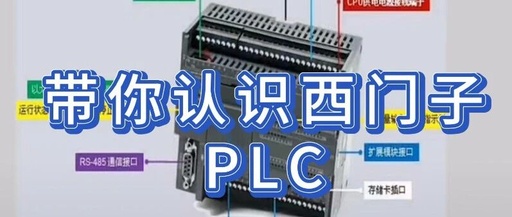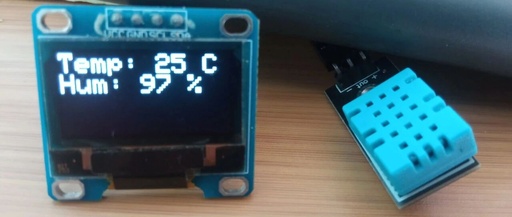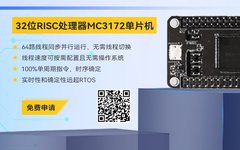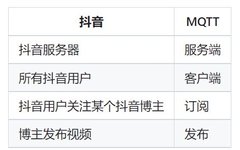Arduino UNO: Beginner’s Practical Guide to the Smart Greenhouse Monitoring System
Hey, do you want to create something fun and practical with Arduino? Today, we will build a simple smart greenhouse monitoring system. Don’t worry, even if this is your first time with Arduino, you can easily manage it by following this tutorial! Imagine creating a small system with your own hands that can automatically detect … Read more









